- +1
浪漫絲路·千佛篇:問《庫車,2021年夏》
原創 MKLA 守望中東 收錄于話題#遊記 Wanderlust19個

玄奘在《大唐西域記》中提到:
屈支國,東西千餘裡,南北六百餘裡。國大都城周十七八裡,宜穈、麥,有粳稻,出蒲萄、石榴,多梨、柰、桃、杏。土產黃金、銅、鐵、鉛、錫。氣序和,風俗質。文字取則印度,粗有改變。管弦伎樂,特善諸國。服飾錦褐,斷發巾帽。貨用金錢、銀錢、小銅錢。王,屈支種也,智謀寡昧,迫于強臣。其俗生子以木押頭,欲其匾〈匚虒〉也。伽藍百余所,僧徒五千余人,習學小乘教說一切有部。經教律儀,取則印度,其習讀者,即本文矣。尚拘漸教,食雜三淨。潔清耽玩,人以功競。
To quote Xuanzang's "Record of the Western Regions":
The country of K'iu-chi is from east to west some thousand li or so; from north to south about 600 li. The capital of the realm is from 17 to 18 li in circuit. The soil is suitable for rice and corn, also (a kind of rice called) keng-t'ao; produces grapes, pomegranates, and nu- merous species of plums, pears, peaches, and almonds, also grow here. The ground is rich in minerals--gold, copper, iron, and lead, and tin. The air is soft, and the manners of the people honest. The style of writing (literature) is Indian, with some differences. They excel other countries in their skill in playing on the lute and pipe. They clothe themselves with ornamental garments of silk and embroidery. They cut their hair and wear a flowing covering (over their heads). In commerce they use gold, silver, and copper coins. The king is of the K'iu-chi race; his wisdom being small, he is ruled by a powerful minister. The children born of common parents have their heads flattened by the pressure of a wooden board.
There are about one hundred convents (sangharamas) in this country, with five thousand and more disciples. These belong to the Little Vehicle of the school of the Sarvistivadas (Shwo-yih-tsai-yu-po). Their doctrine (teaching of Sutras) and their rules of discipline (principles of the Vinaya) are like those of India, and those who read them use the same (originals). They especially hold to the customs of the "gradual doctrine," and partake only of the three pure kinds of food. They live purely, and provoke others (by their conduct) to a religious life. (Translator: Samuel Beal)
行程卡上,14天內去過上海和新疆的記錄,為這次遠行帶來一種回家的感覺。
我坐在西安飛往庫車的班機上讀著玄奘的筆記,望向舷窗外的云海,不禁想:
玄奘用半年從長安走到龜茲,而噴氣客機卻只需在空中穿行2387公里、短短4小時,一個筋斗十萬八千里的美猴王也會覺得神奇吧。

I had a strange yet familiar feeling of heading home when I was on my way back to Xinjiang, after an earlier 10-day vacation there merely a week ago.
Connecting from Xi'an to Kucha (known as Chang'an and Kucina in Tang Dynasty, 1483 miles apart) and reading Xuanzang's notes inside the plane, I couldn't help but compare my 4-hour flight with his half-year journey: Wouldn't Monkey King marvel at the jetliners?
Kumtura Caves
2021/5/30 @ 庫木吐喇石窟
庫木吐喇石窟,建于公元3世紀至9世紀。在現存的壁畫中,最為顯著的特征是以祥云圖案和大乘千佛為代表的唐風繪畫,以及9世紀末期在此基礎上繼續發展的回鶻風格。部分洞窟里,已剝落的壁畫下層也能看到更早期的龜茲作品。
不僅是窟內的瑰麗壁畫,石窟的選址和結構也令人驚嘆。
五連洞前,渭干河從沙色的山丘中間淌過。
我注視著在烈日照射下的粼粼波光——
正午時分,同一片水在閃爍著,
但在每一剎那忽明忽暗、滅了又亮,
每一剎那我看見的也都不再是同一顆水滴——
我似乎從未如此接近我存在的錯覺。
正如趙樸初先生闡釋的,“好像遠望中的瀑布,看上去以為是一片白布下垂那樣,把極其急速而微細的遷流變化的阿賴耶識,認作是一個常住不變的“我”或叫做靈魂的存在,這是錯覺。這個錯覺,就是末那識。”

Built during the 3rd century and the 9th century, the Kumtura Grottoes are rich with Tang influence since the mid-8th century, such as Chinese cloud patterns and Mahayana-style thousand Buddha paintings, as well as later Uyghur developments after the late 9th century. Earlier Kuchean art also remains in some caves and can sometimes be seen underneath more recent mural layers.
The five connected grottoes have a particularly wonderful view of the rapidly flowing Muzat River. As the water surface glitters and glows in the sunshine, I suddenly have a strong feeling that nothing is constant. In every instant there is a water drop lit up and another darkened. In every instant the water drop I just saw is running forward and gone.
Just as Mr. Zhao Puchu explained it, "It would be wrong to regard the Alayavinnana flux with its rapid and subtle changes as indicating the existance of an eternal ego or soul, just as it would be wrong to take a waterfall for a piece of white cloth hanging down when seen from a distance. Actually, this misconception is Manas (ego-centered mind)." (Translator: ZHAO Tong)



Simsim Caves
2021/6/2 @ 森木塞姆石窟
所以,當僧侶們坐在石窟進行觀想的時候,他們看到了什么?
他們在眺望何處?
他們究竟在尋找什么?
面對崖壁與河谷,腦海又生出許多問題,但是活躍于公元5至11世紀的森姆塞姆石窟已經緘默不言。
So what did the monks see during meditation? What were they gazing at? What were they looking for?
Thoughts like these rose to the surface of my mind when I was facing the cliffs and the valleys, but who is here to answer my questions? The Simsim Caves, active from the 5th to 11th century CE, have long fallen silent.
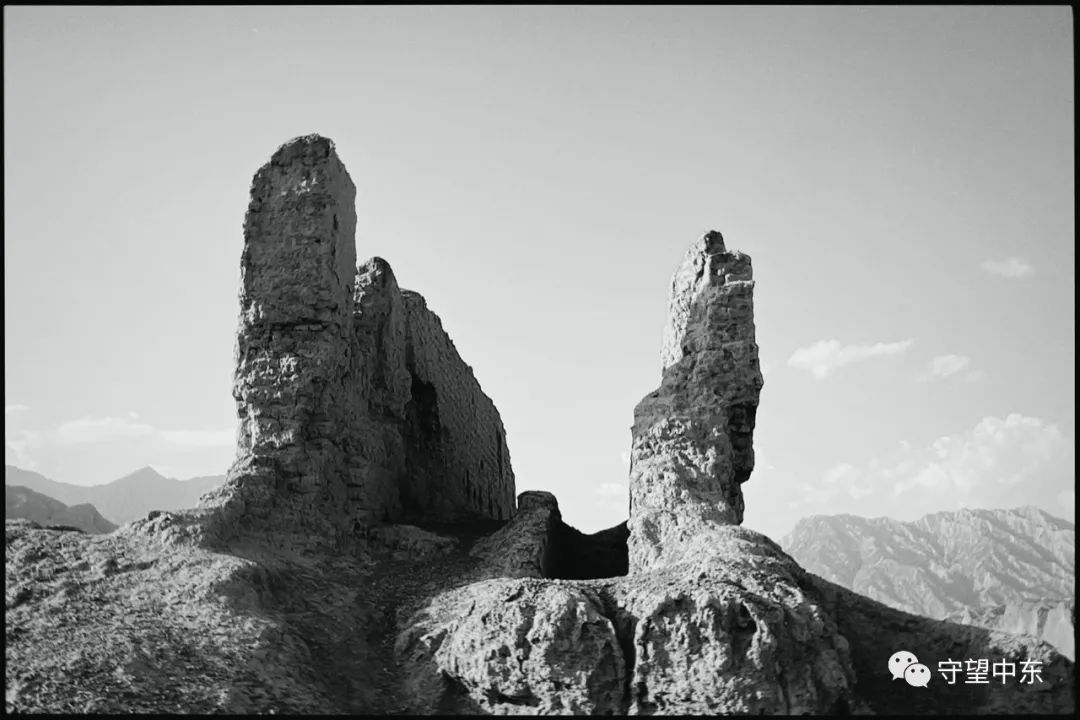
Subash Temple
2021/6/1 @ 蘇巴什古寺
四世紀中葉,鳩摩羅什曾在這里講經說法。三百年后,玄奘也受邀在這里駐足兩個月。
又過了一千多年,我們來到這里。
荒城北四十餘裡,接山阿,隔一河水,有二伽藍,同名昭怙厘,而東西隨稱。佛像裝飾,殆越人工。僧徒清肅,誠為勤勵。東昭怙厘佛堂中有玉石,面廣二尺餘,色帶黃白,狀如海蛤。其上有佛足履之跡,長尺有八寸,廣餘六寸矣。或有齋日,照燭光明。
—— 大唐西域記 玄奘、辯機著
Kumarajiva taught here during the mid-fourth century. Xuanzang was invited to stay here for two months three hundred years later in the seventh century.
Another thousand years have passed before our arrival here.
About 40 li to the north of this desert city there are two convents close together on the slope of a mountain, but separated by a stream of water, both named Chau-hu-li, being situated east and west of one another, and accordingly so called. (Here there is) a statue of Buddha, richly adorned and carved with skill surpassing that of men. The occupants of the convents are pure and truthful, and diligent in the discharge of their duties. In (the hall of) the eastern convent, called the Buddha pavilion, there is a jade stone, with a surface of about two feet in width, and of a yellowish white colour; in shape it is like a sea-shell; on its surface is a foot trace of Buddha, 1 foot 8 inches long, and eight inches or so in breadth; at the expiration of every fast-day it emits a bright and sparkling light.
—— Xuanzang‘s Record of the Western Regions, composed by Xuanzang and Bianji (Translator: Samuel Beal)

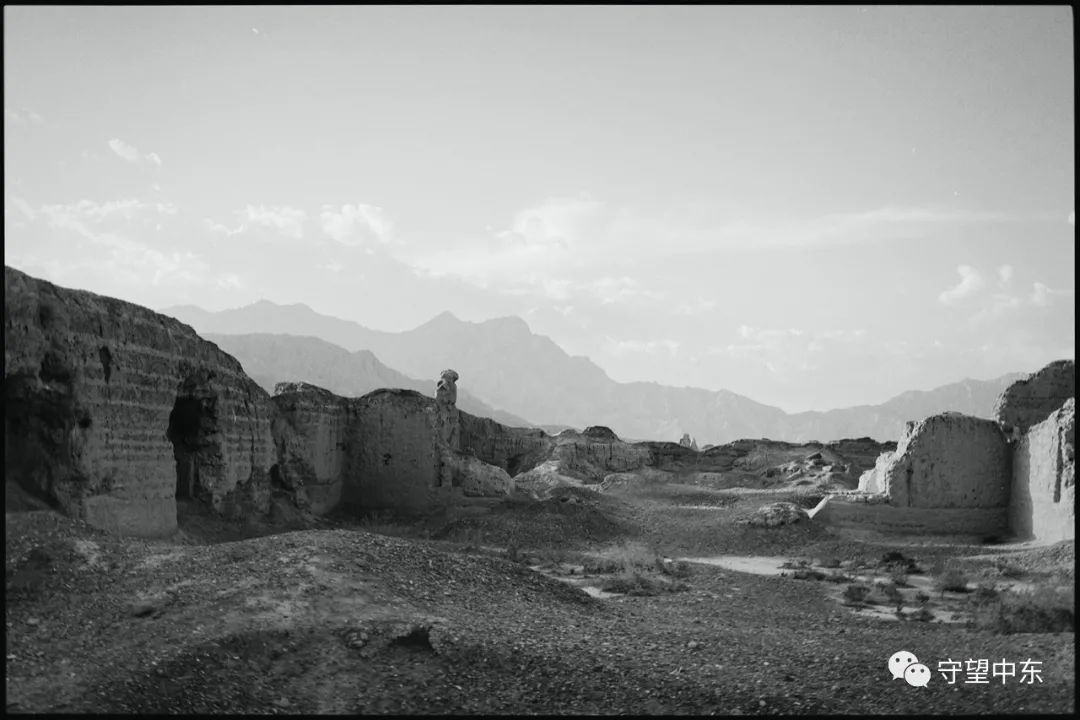
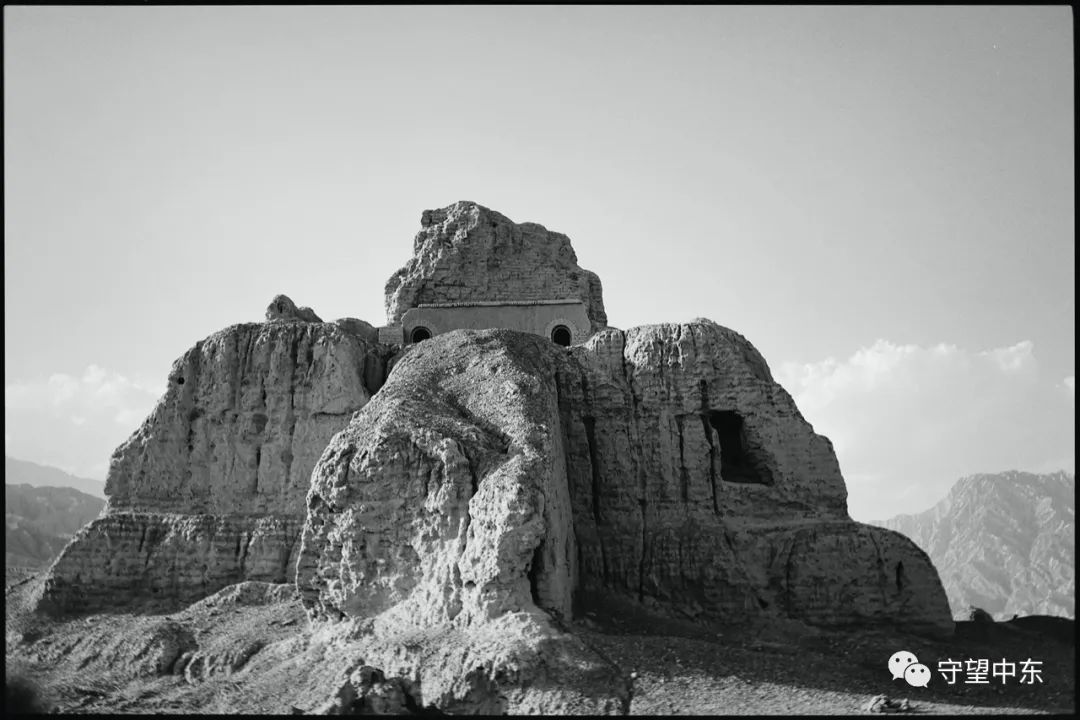

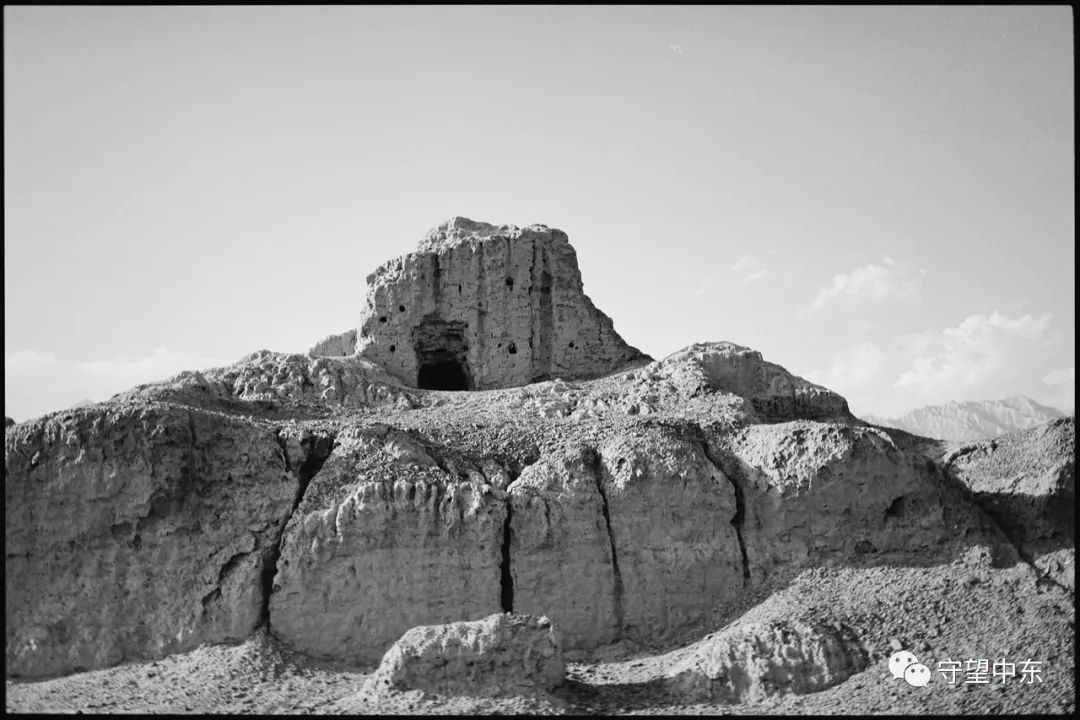

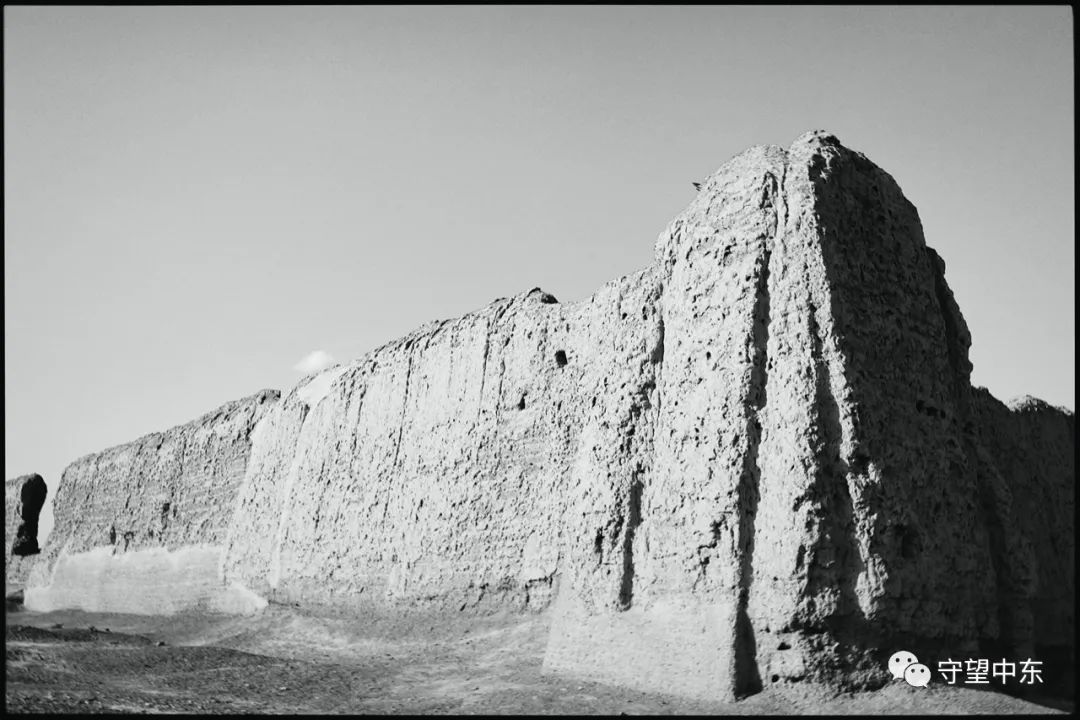



臨近黃昏,金色的斜陽為大地披上跨越時空的輝煌。
即便巍峨的塔寺已經在歲月的風雨中化作殘垣斷壁,我仍然萌發了希望輪回中有某一世留在這里的念想,竟不知,在寬廣的龜茲與幽深的交河之間要如何取舍。
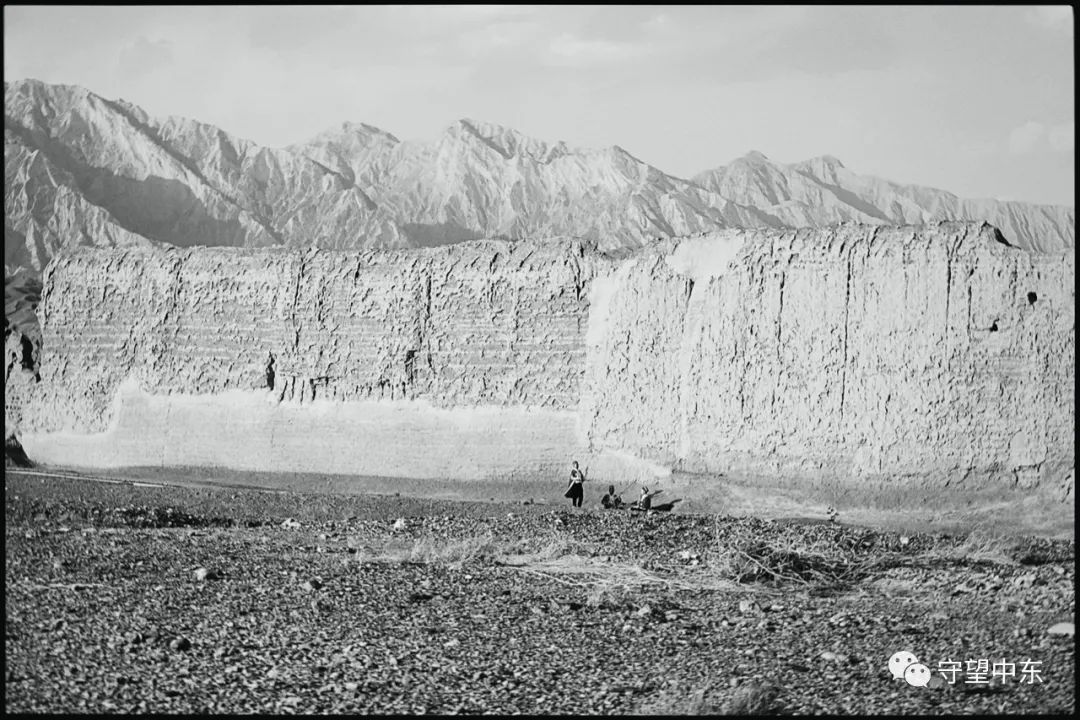


It was almost dusk. As the setting sun enveloped this ephemeral world in a time-transcending aura, the awe-inspiring ruins around us appered to be glowing in splendor again.
A sudden impulse. I wish I had lived here once in the multitudes of samsara, although the choice between the vast landscape of Kucina and the meandering lanes of Jiaohe would definitely be a hard one to make.

○ 未完待續……
或許會在下一期找到答案 To be continued
去新疆當然首先是因為好玩又好吃。
至于寫在“守望中東”的緣由,則是因為在大洋彼岸選擇了這個不可避免地凝視著東方的專業的8年之后,愈發覺得,如果要從中國望向中東/西亞,那也必須走一趟西行之路。而新疆,自然是通往西域的第一站。
2020年走馬觀花地游覽了敦煌莫高窟。雖然當時的講解員研究很深入,但可惜自己沒有事先預習做好知識儲備,所以也未能吸收到養分。感恩這一次老師和領隊們布置的行前書單、學習手冊,還有一路上的絲路電臺,讓這次走入龜茲石窟看到更多。
特別感謝好旅伴們,期待共同踏上新的旅途。 <3 比心 <3
原標題:《游記 | 浪漫絲路·千佛篇:問《庫車,2021年夏》
本文為澎湃號作者或機構在澎湃新聞上傳并發布,僅代表該作者或機構觀點,不代表澎湃新聞的觀點或立場,澎湃新聞僅提供信息發布平臺。申請澎湃號請用電腦訪問http://renzheng.thepaper.cn。





- 報料熱線: 021-962866
- 報料郵箱: news@thepaper.cn
互聯網新聞信息服務許可證:31120170006
增值電信業務經營許可證:滬B2-2017116
? 2014-2025 上海東方報業有限公司




